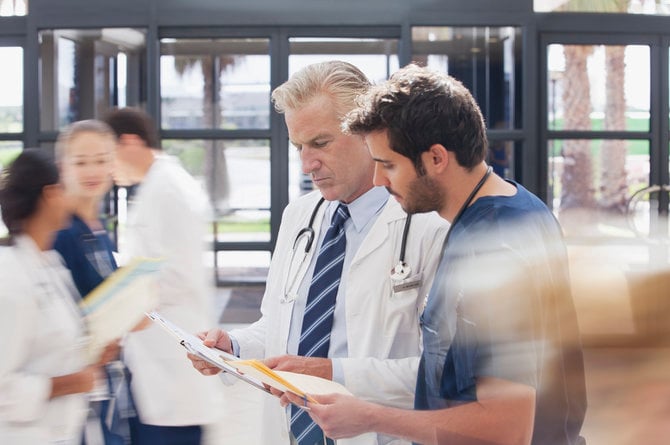
Depending upon where you work as an EMS professional, chances are you’ll respond to a natural disaster at some point in your career. In Florida, it could be a Category Five hurricane. North Dakota, perhaps a record-setting blizzard. California medics could face “the big one” – that catastrophic earthquake many experts say is long overdue. Or if you work in Kansas, where tornadoes are as much a part of summer as hotdogs and fireworks, that F3 could be just on the horizon.
Each part of the country faces natural disasters particular to their region. As an emergency responder, you must be ready for whatever Mother Nature throws at you. Fortunately, when developing emergency operations protocols and procedures for your agency, there’s no reason to reinvent the wheel. Natural disaster preparedness has been on the EMS radar for decades. And each major incident provides valuable lessons for future events. The key is taking the initiative to learn from others when formulating your plan.
Lessons Learned
Take Hurricane Katrina. When the category 3 storm made landfall on August 29, 2005 along the Louisiana-Mississippi coast, it brought sustained winds of 120 miles per hour, resulting in billions of dollars’ worth of destruction and over 1,800 dead.1 We all watched on T.V. as helicopters and boats plucked stranded survivors from rooftops and bridges. And the devastation didn’t stop once the winds died down. Those forced to shelter at the Superdome experienced their own disaster when supplies were slow to arrive, resulting in more deaths. The effects of this storm and the impact on the community can still be seen today, some eleven years later, with neighborhoods abandoned and whole blocks razed as people fled the state and never returned.
Hurricane Katrina was a massive storm, the most destructive and costliest in U.S. history. But it doesn’t take a record-breaking hurricane to wreak havoc on your community. Natural disasters come in many forms, from raging wildfires to landslides that bury everything in their path. And rescuing victims is only part of the emergency response, for natural disasters do not occur in a vacuum. They require broad, flexible plans that encompass the unique and complex challenges associated with each type of event.
Valuable Resources
Luckily, The Department of Homeland Security offers excellent guidance on emergency disaster response and preparedness. The Emergency Management Institute provides on-site and online training courses, along with a vast collection of articles, which can guide EMS agencies of all sizes in their planning for natural disasters. A quick search on their website pulls up hundreds of articles on natural disaster mitigation, and many of their online training courses are free, paid for by your tax dollars.
As an EMS professional, you are responsible for the safety of your community through every conceivable event, from the everyday medical crisis to crises on a massive scale. Natural disasters are inevitable, as are their concomitant devastation, so don’t wait for the event to happen: plan ahead so you and your agency are prepared, and take advantage of the excellent educational opportunities available.
1. 2015, Hurricane Katrina – A Look Back Ten Years Later, National Oceanic and Atmospheric Administration (NOAA), http://www.srh.noaa.gov/lix/?n=katrina_anniversary.














